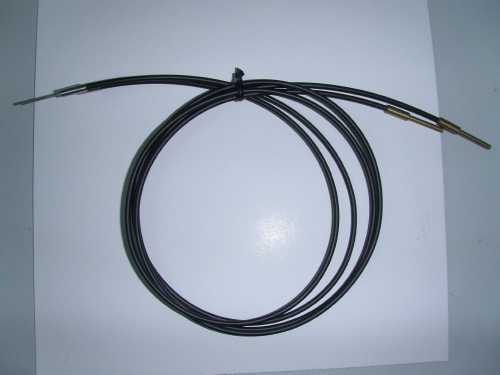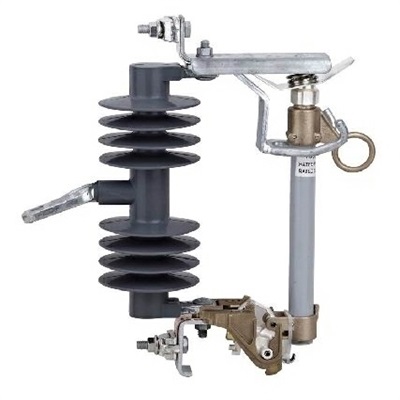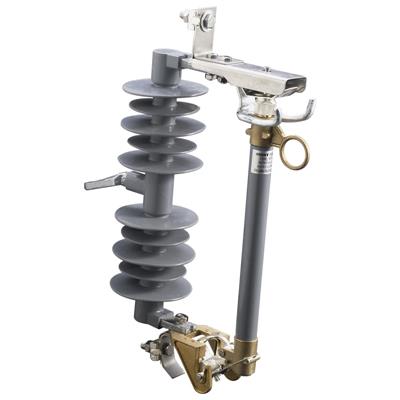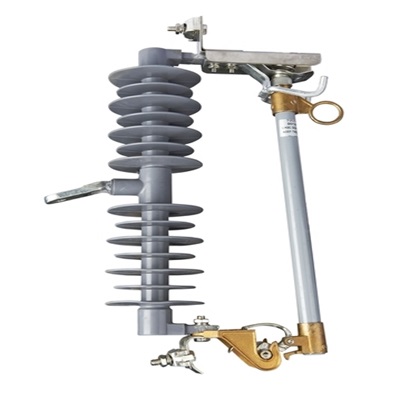 Sensors are now on the path to being sensitive, precise, adaptable, compact and intelligent. In this process, new members of the family of fiber-optic sensor sensors have become popular. Optical fiber has many excellent properties, such as: anti-electromagnetic and atomic radiation interference performance, fine diameter, soft, light weight mechanical properties; insulation, non-inductive electrical properties; water resistance, high temperature resistance, corrosion resistance, chemical properties, etc. It can act as a human ear in areas that people cannot reach (such as high temperature areas) or areas that are harmful to people (such as nuclear radiation areas), and it can also exceed the physiological limits of human beings and receive human senses. Unexpected outside information.
Sensors are now on the path to being sensitive, precise, adaptable, compact and intelligent. In this process, new members of the family of fiber-optic sensor sensors have become popular. Optical fiber has many excellent properties, such as: anti-electromagnetic and atomic radiation interference performance, fine diameter, soft, light weight mechanical properties; insulation, non-inductive electrical properties; water resistance, high temperature resistance, corrosion resistance, chemical properties, etc. It can act as a human ear in areas that people cannot reach (such as high temperature areas) or areas that are harmful to people (such as nuclear radiation areas), and it can also exceed the physiological limits of human beings and receive human senses. Unexpected outside information. Fiber-optic sensors are based on the conversion of optical quantities, using optical signals as a carrier for conversion and transmission, and optical sensors that use optical fibers to deliver optical signals. The optical fiber sensor is mainly composed of a light source, an optical fiber (abbreviated as an optical fiber), an optical detector, and an additional device. There are many kinds of light sources. Commonly used light sources include tungsten lamps, lasers, and light emitting diodes. The fiber is very thin, soft, and bendable. It is a transparent, light-conducting fiber.
The optical fiber can transmit optical information because it uses the principle of total reflection on the optics. That is, light whose angle of incidence is greater than the critical angle of total reflection can be totally reflected at the interface between the core and the cladding, and the reflected light is still The light is incident on the opposite interface at the same angle, so that the light will be totally reflected and transmitted between the interfaces of the optical fibers. The attachments are mainly mechanical components that vary depending on the type of measurement parameters and the measurement method.
According to the latest report from ElectroniCast, from 2012 to 2017, the average annual growth rate of fiber optic sensor (including point-based and distributed) consumption is as high as 20.3%, and its annual consumption value will be from USD 1.58 billion in 2012. It grew to $3.98 billion in 2017.
However, the United States accounts for the vast majority of global fiber sensor market share. According to relevant data, the U.S. fiber-optic sensing market value was US$235 million in 2007, US$330 million in 2008, and approximately US$430 million in 2009, and is expected to reach approximately US$1.6 billion by 2014, with its compound annual growth rate. It is 30% higher than the global compound annual growth rate of 10%.
Optical fiber sensing applications are divided into five major directions:
(1) Oil and gas - Reservoir monitoring downhole P/T sensing, seismic arrays, energy industry, power plants, boilers and steam turbines, power cables, turbine transport, oil refineries;
(2) Aerospace - jet engines, rocket propulsion systems, airframes;
(3) Civil infrastructure - bridges, dams, roads, tunnels, landslides;
(4) Transportation - railway monitoring, weight in sports, transportation safety;
(5) Biomedical - Medical temperature pressure, intracranial pressure measurement, minimally invasive surgery, disposable probe.
According to forecasts, the market demand for distributed optical fiber sensors in 2013 will reach 586 million U.S. dollars (about 3.6 billion yuan), and by 2016 it will reach 1.1 billion U.S. dollars (about 6.7 billion yuan), 70% of which will be used for petroleum. Natural gas industry. Optical fiber is widely used in the oil and gas industry. However, this kind of optical fiber must be able to sense most of the physical properties at least from light intensity, displacement, temperature, pressure, rotation, sound, tension, magnetic field, electric field, radiation, fluid, level, chemical analysis and vibration.
In electrical distribution, 100A Cut Out Fuse ( Composite Cut Drop Out Fuse or Composite Cut Out Fuse ) is a combination of a fuse and a switch, used in primary overhead feeder lines and taps to protect distribution transformers from current surges and overloads. However, Composite Polymer Cut Out Fuse is more lighter and also has efficient current transfer and higher interrupt capacities than Porcelain Cut Out Fuse.
Features
1. Efficient Current Transfer
2. Higher interrupt capacities
3. Fiberglass tube with UV resistant coating for the Fuse Tube
4. Superior quality of terminals made of tin plated copper alloys
5. High Quality stainless steel & hot dip galvanized fittings of the cutout`s assembly
6. High Quality HTV Silicone Rubber for the sheds/housing of polymer fuse cutout`s insulator
| MAIN DIMENSIONS AND STANDARD PARTICULARS | ||||||
| Type | RLF-11 | RLF-11 | RLF-12 | RLF-12 | RLF-16 | RLF-16 |
| Rated Voltage,KV | 24 | 24 | 15 | 15 | 36 | 36 |
| Rated Current,A | 100 | 200 | 100 | 200 | 100 | 200 |
| Breaking Current,A | 10000 | 12000 | 10000 | 12000 | 10000 | 12000 |
| Impulse Voltage,KV | 150 | 150 | 110 | 110 | 170 | 170 |
| Power-Frequence withstand Voltage,KV | 65 | 65 | 45 | 45 | 70 | 70 |
| Creepage Distance,MM | 540 | 540 | 245 | 245 | 720 | 720 |
| Weight,KG | 4.5 | 4.5 | 3.8 | 3.8 | 5 | 5 |
| Dimension,CM | 51x34x11.5 | 51x34x11.5 | 45x34x11.5 | 45x34x11.5 | 61x34x11.5 | 61x34x11.5 |



We warmly welcome friends both domestic and abroad to visit our company, if you have any questions, please contact with us directly.
Composite Cut Out Fuse
100A Cut Out Fuse,Composite Polymer Cut Out Fuse,Composite Cut Drop Out Fuse,Composite Cut Out Fuse
FUZHOU SINGREE IMP.& EXP.CO.,LTD. , https://www.cninsulators.com